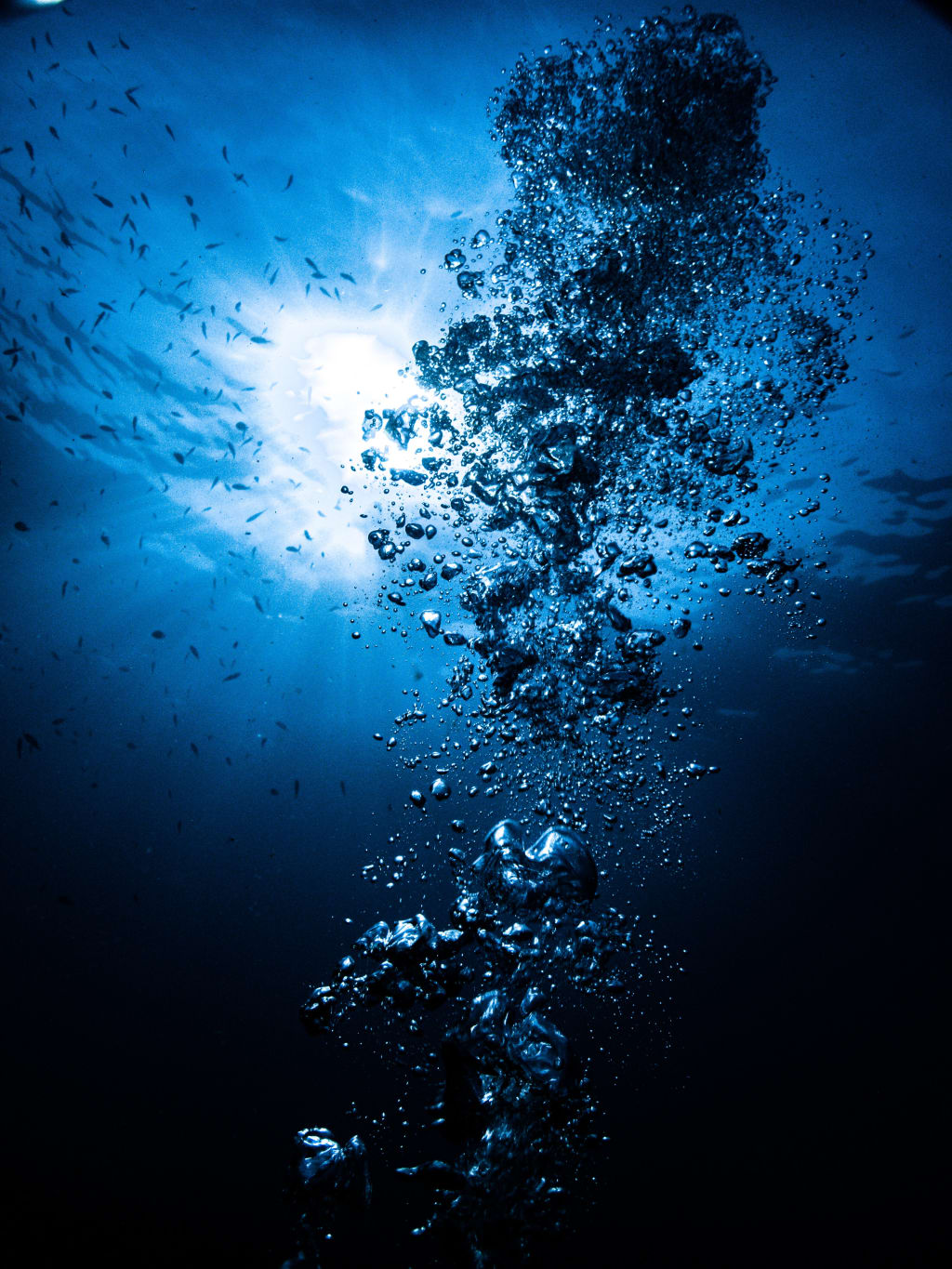Mystery Of Titan Submarine
What really happened to Titan submarine??

OceanGate's Titan submarine embarked on a historic journey from the Saint John Port in Canada on June 17th, 2023. The destination was the North Atlantic Ocean, 700 km away from Saint John, where the legendary shipwreck of the Titanic lay at the bottom of the ocean. The plan was to launch Titan at 8 am the next day, Sunday, but a problem was detected in the submarine before the dive. Despite the potential danger, the decision was made to proceed with the dive.
The team consisted of five people, including Hamish Harding, the founder of Ocean Aviation, who had previously traveled to space with Jeff Bezos. Stockton Rush, the CEO of Ocean Gate, an American company that provides submersibles for ocean tourism, was also part of the team. The third member was 77-year-old Paul-Henri, an expert on shipwrecks who had previously visited the Titanic. Pakistani business tycoon Shahzada Dawood and his son Suleman completed the team.
The Titanic sank in 1912, and numerous expeditions had been conducted to locate the wreckage. In 1985, the wreck was finally discovered on the ocean floor. The Titanic had left behind many unanswered questions, and researchers from different countries had visited the site to study it. Canadian filmmaker James Cameron had made dozens of trips to the Titanic wreck in 1995, and the Titanic movie released in 1997 had created a sensation. Visiting the Titanic's wreck had become a dream for millions of people, and tourists had started going to the site.
The depth of the ocean where the Titanic lay was 4,000 meters, which is 4 km below sea level. The water pressure at this depth was 5,800 PSI, which is equivalent to the pressure that an entire elephant would exert on one square inch of surface area. The pressure on a submarine at this depth would be immense.
On June 18th, 2023, the submarine journey began at 12 noon. It normally takes about two hours to reach the Titanic, but after an hour and forty-five minutes, the mother ship "Polar Prince" lost contact with the submarine. Losing contact just fifteen minutes earlier than expected indicated that the submarine had already gotten quite close to the Titanic. The wireless signal breaking at such a depth was normal, so the matter wasn't initially taken too seriously. The entire trip was supposed to last seven hours, and they were supposed to return by 7 pm. However, when there was still no contact with Titan by 7 pm, the crew aboard the mother ship started to get anxious.
The Canadian research vessel Polar Prince started searching for Titan, and at 9:40 pm, they contacted the US coast guard for help. The next day, US and Canadian ships and planes started a proper search operation in the entire area. The search continued for the next two days, but there was no trace of Titan found. On Wednesday, June 21st, at 6 am, the search team heard some noises from the depths of the water. These sounds were heard with the help of underwater radars. Immediately, ROVs were sent in the direction of the sound, but there was still no news of Titan. The fear of losing Titan forever was growing stronger because the amount of oxygen in the submarine was only for 96 hours or four days, and by that time, three out of four days had passed.
The search teams of the US, Canada, and France did not give up. On Thursday, June 22nd, at 12 noon, ROVs were sent to the wreck of the Titanic. What they saw there was truly heart-wrenching. At 3:48 pm, the ROV that had approached the wreckage of the Titanic saw part of the Titan's tail lying only 1,600 feet away from the Titanic. The submarine could not withstand the pressure of the water and exploded in the depths of the ocean.
OceanGate's CEO Stockton Rush, who had designed the submarine himself, had broken some rules while making Titan. He had used Aviation Grade Carbon Fiber instead of steel to bring some new innovations to the industry. For the first time, before launch, Titan was tested at pressures of 5,000 to 10,000 PSI, which it had passed. However, experts believe that there are thousands of different forces that impact submarines, including pressure, flow of water created by waves, and the possibility of a heavy rock or sea creature hitting the submarine. One reason for Titan's demise was its Carbon Fiber hull, and another reason was the presence of pre-existing cracks in it.
In 2019, the Titan submarine had carried a businessman named Karl Stanley, who had heard a cracking sound coming from Titan's hull during the descent. He didn't pay much attention to it at the time, but after the accident, he told CNN that the sound might have been a warning
About the Creator
Enjoyed the story? Support the Creator.
Subscribe for free to receive all their stories in your feed. You could also pledge your support or give them a one-off tip, letting them know you appreciate their work.






Comments
There are no comments for this story
Be the first to respond and start the conversation.